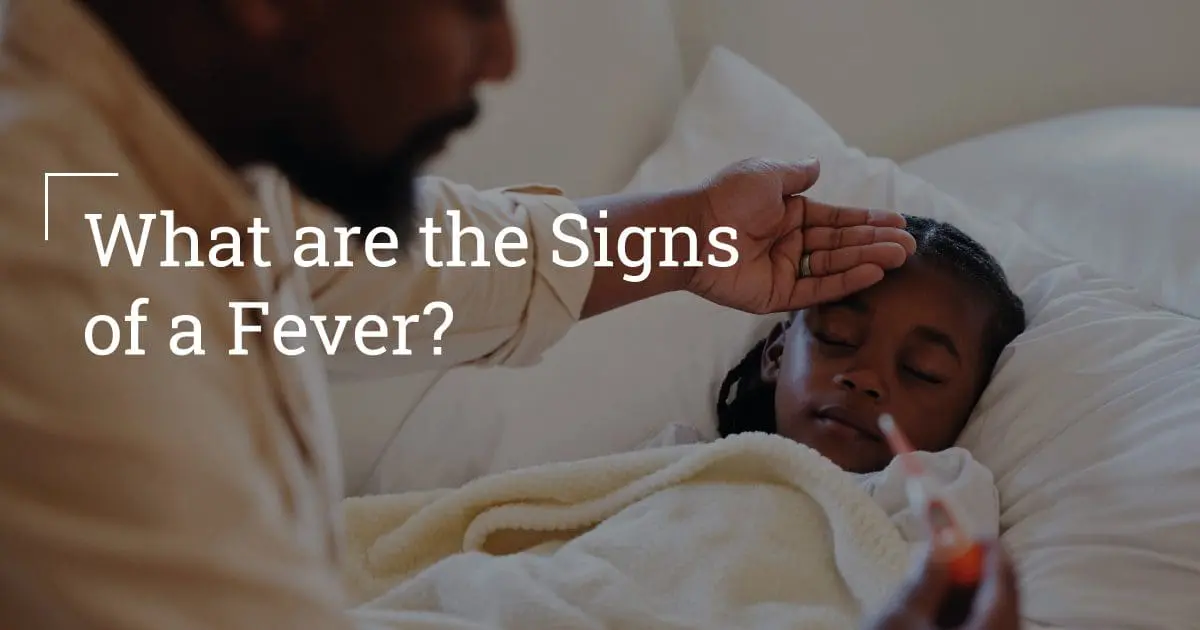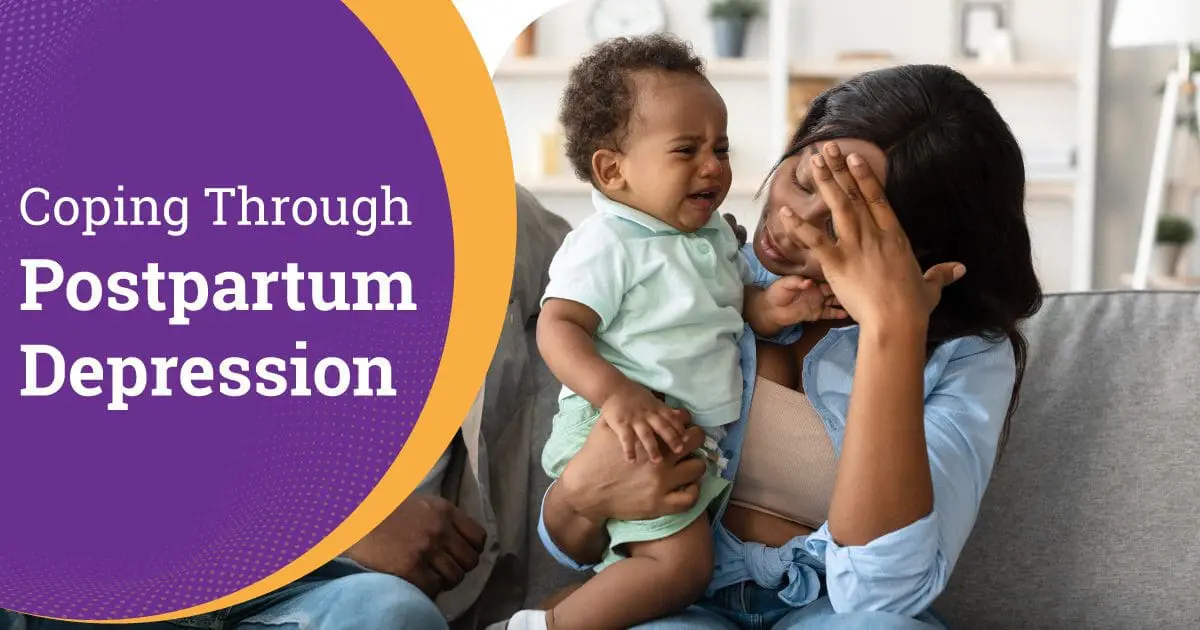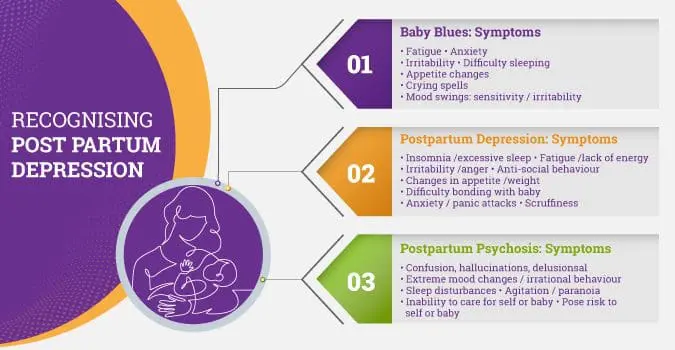
A fever is a temporary increase in your body temperature, often due to an illness. Having a fever is a sign that something out of the ordinary is going on in your body. This is because your body’s normal average temperature is around 37°C. However, the exact temperature depends on where it’s measured, whether it be orally, in the armpit, the rectum, the ear, or the forehead. Armpit measurement usually yields a lower temperature than oral measurement, whereas rectal measurement will show a higher and more accurate temperature.
What are the symptoms of a fever?
The body’s actual measured temperature may vary by 0.6°C higher or lower during the day, depending on things like activity level. For instance, it will be higher after strenuous activity. Hormone levels can also cause a fluctuation in body temperature, for instance during ovulation or menstruation. Fever in adults is considered a rectal temperature of over 38.1°C or an oral/armpit temperature of over 37.6°C. In children, these temperatures are 0.1°C lower than in adults.
Aside from a body temperature above the normal range, fever presents with a number of other symptoms. These can include sweating, in addition to chills, and shivering. Pain is common, including headaches and muscle aches. A loss of appetite is also common, especially in conjunction with dehydration.
For adults, mild fevers will usually subside after a few days. However, a temperature of over 39.4°C is cause for concern, and medical intervention is advised. Children under 3 months should be taken to a doctor if they have a rectal temperature of over 38°C.2
What can cause a fever?
Unfortunately, a fever can be a symptom of many different conditions. A fever may also be present as one of the following symptoms:3
- Infections such as colds and stomach bugs
- Infections of the ear, lung, skin, throat, bladder, or kidney
- Heat exhaustion
- Sunburn
- Side effects of medications
- Blood clots
- Autoimmune conditions such as lupus and inflammatory bowel disease (IBS)
- Illegal drugs such as amphetamines and cocaine
- COVID-19
How to treat a fever?
When it comes to the treatment of a fever, it’s important to note that it’s a symptom and not an illness. It’s part of the immune system’s response to fighting off infection, and as such, treating the fever alone doesn’t treat the infection. If the fever is caused by a bacterial infection, an antibiotic may be prescribed by a doctor.4 However, it won’t be effective against viral infections. In such a case, a doctor might prescribe a non-steroidal anti-inflammatory (NSAID) such as Cipladon effervescent paracetamol, to relieve pain and fever symptoms.
You should also drink plenty of fluids when you have a fever in order to prevent dehydration and get plenty of rest to help the body recover.5 Sometimes your immune systems also need a boost. Consult your doctor right away if you suspect you’re developing a high temperature. Diagnosing the cause early can go a long way in easing your recovery or even avoiding life-threatening situations.
Disclaimer: The information on this site should not be used as a substitute for professional medical care or advice. Contact a healthcare provider if you have questions about your health.
Sources:
- Medical Review: William H. B. Health Topics A-Z. PeaceHealth [online] Available at: <https://www.peacehealth.org/medical-topics/id/tw9223> (01/07/2021).
- Body Temperature | HealthLink BC. Healthlinkbc.ca [online] Available at: <https://www.healthlinkbc.ca/tests-treatments-medications/medical-tests/body-temperature> (15/09/2021).
- Ansorge, R. High Temperature? Find Out What Causes a Fever. WebMD [online] Available at: <https://www.webmd.com/first-aid/fevers-causes-symptoms-treatments> (16/07/2020)
- Ansorge, R. Fever Treatments WebMD [online] Available at: <https://www.webmd.com/first-aid/fevers-causes-symptoms-treatments> (16/07/2020)
- Ansorge, R. Fever Treatments WebMD [online] Available at: <https://www.webmd.com/first-aid/fevers-causes-symptoms-treatments> (16/07/2020)


